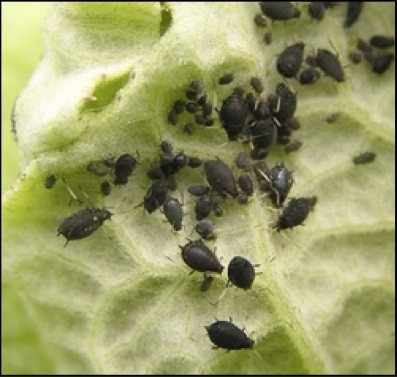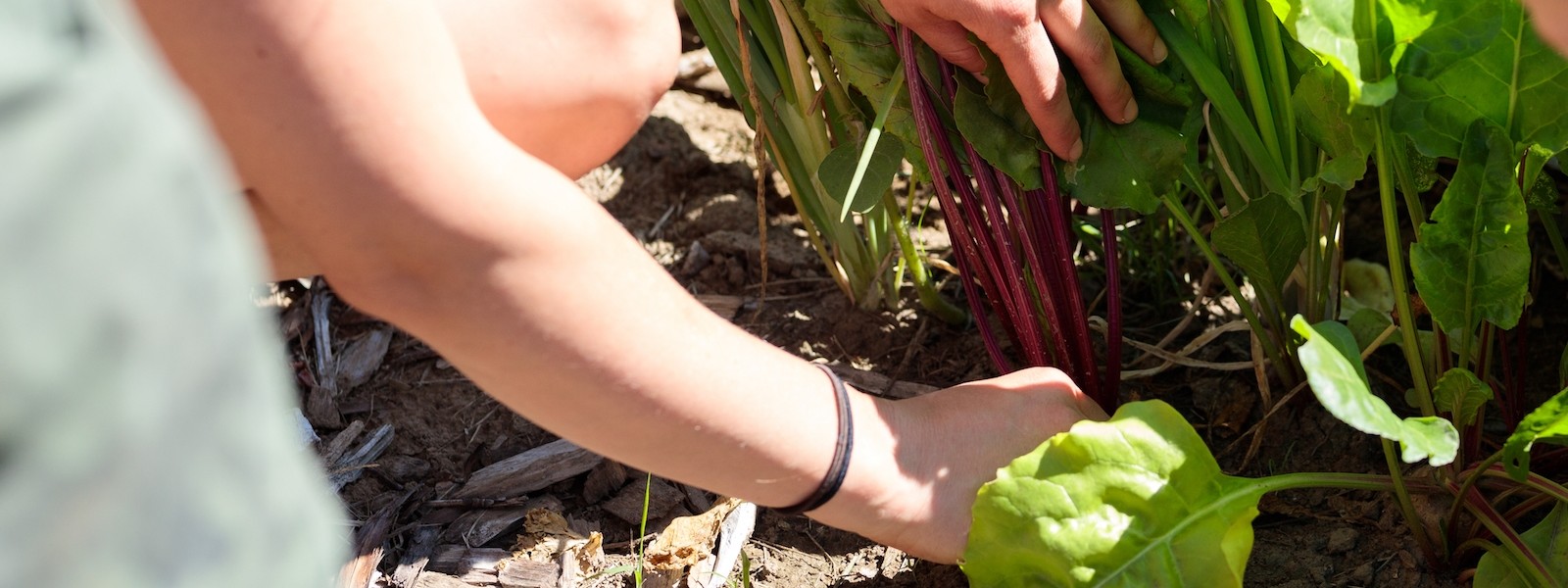Pest: Aphid
Aphids are usually found in masses feeding on flowers and crops.a common tiny pear-shaped, soft-bodied insect up to 1/8” long.
Some species have winged forms, and they may be green, yellow, brown, red, gray or black. Aphids have piercing, sucking mouth parts that penetrate plant tissue and remove sap.

Life Cycle
Eggs overwinter on woody stems, hatching in spring into stem females, which can give birth continuously to live nymphs without having to mate. Nymphs mature in 1-2 weeks. In fall, males and normal females are born; these mate to produce overwintering eggs.
Plants They Attack
Many potential host plants because there are so many different species. Some plants are more susceptible than others, including: Nasturtiums, roses, milkweed, Chrysanthemums, tomatoes, peppers, carrots, geraniums, and members of the cabbage family.
Spot the Damage
Aphids feed in groups on new plant growth or on undersides of leaves, causing stem tips, new leaves, and buds to be curled, distorted and/or discolored. Established plants can tolerate moderate damage, but young foliage can be severely stunted. Aphids excrete a substance called “honeydew” which appears glossy and sticky on the leaves. Occasionally, ants will be present as they farm the aphids and feed on the “honeydew.”
Preventative Actions
- Dislodge the insects by spraying affected plant parts with a sharp stream of water, or try using a vacuum cleaner to suck them up.
- Block access to susceptible plants by placing a lightweight spun fabric row cover tunnel (aka: remay cloth) over them before the insects arrive. Seal the edges of the remay tunnel with soil. Remove in time for pollination.
- Attract native predators and parasites by planting pollen and nectar plants such as yarrow or herbs which will flower like thyme, cilantro, dill, lavender, hyssop, chamomile etc.
- Hand squash insects, or pick them off and place them in a container of soapy water.
- Avoid over-feeding plants. Excessive nitrogen causes tender growth, especially attractive to aphids.
Sources
CCF staff
Good Bug, Bad Bug by Walliser 2008
The Organic Gardener’s Handbook by Ellis and Bradley 1996
Interested in learning more? The Grower’s Library at Johnny’s Selected Seeds may have the information you’re looking for.

